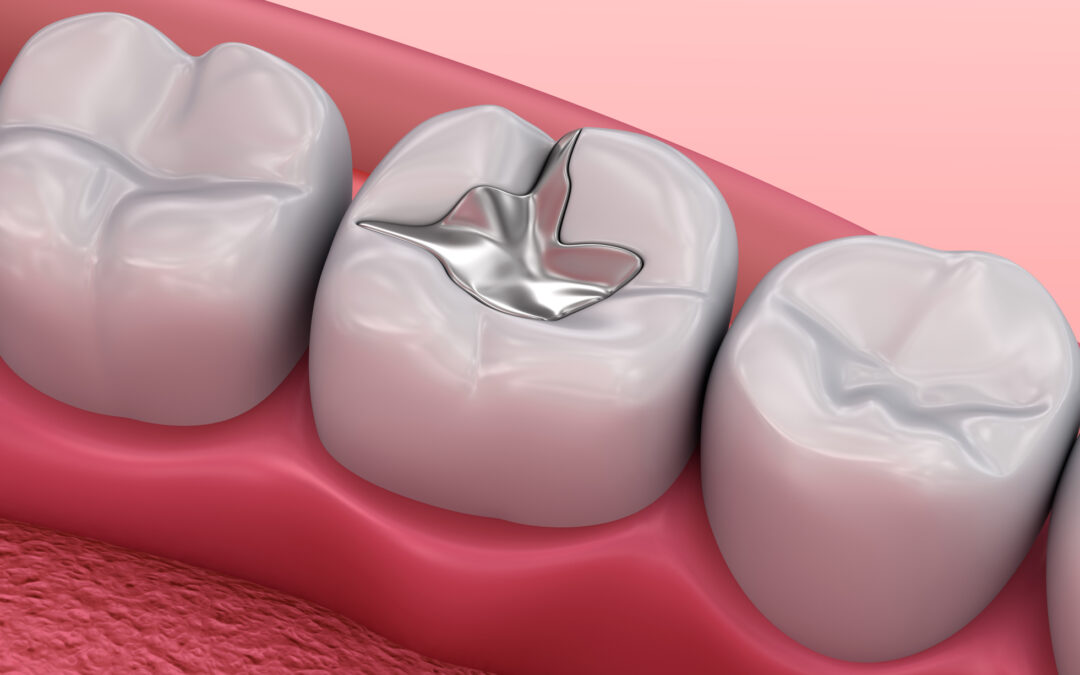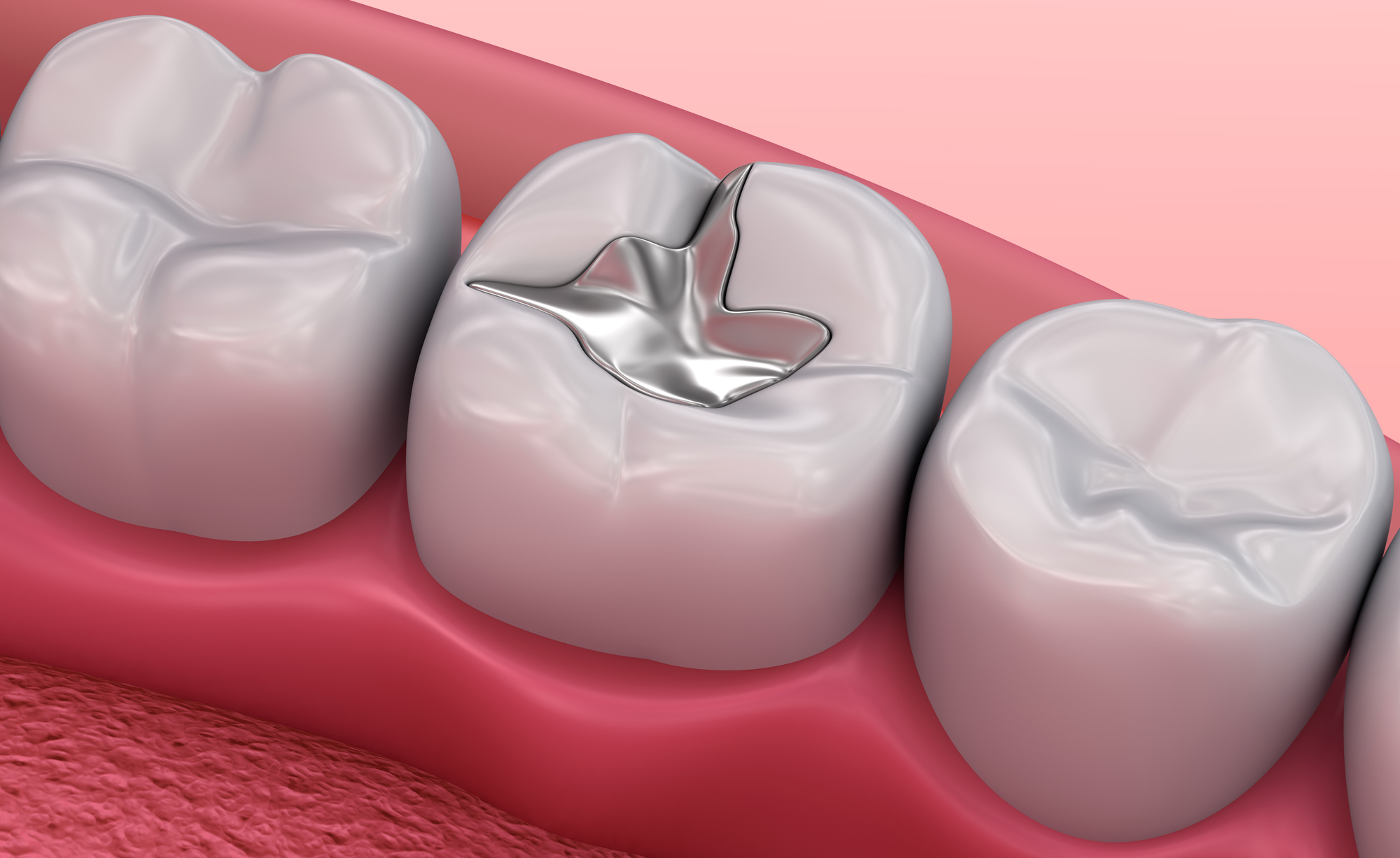Dental health is a crucial aspect of overall well-being, and one of the most common procedures to maintain it is the use of dental fillings. Dental fillings are materials used to restore the function, integrity, and morphology of missing tooth structure resulting from decay or external trauma. This comprehensive guide will delve into the various types of dental fillings, their benefits, and the procedures involved in getting them.
Types of Dental Fillings
1. Amalgam Fillings – Amalgam fillings, often referred to as silver fillings, have been used for over a century. They are a mixture of metals, including silver, mercury, tin, and copper. Amalgam fillings are known for their durability and strength, making them suitable for filling cavities in the back teeth where chewing pressure is greatest. However, their metallic color can be aesthetically unpleasing, which is a significant drawback for many patients.
2. Composite Fillings – Composite fillings are made from a resin-based material and can be color-matched to the natural shade of your teeth, making them a popular choice for fillings in visible areas. They bond directly to the tooth structure, providing additional support. Composite fillings are versatile and can be used to repair chipped, broken, or worn teeth, in addition to treating cavities.
3. Ceramic Fillings – Ceramic fillings, often made of porcelain, are another tooth-colored option. They are more resistant to staining compared to composite fillings and are highly durable. Ceramic fillings are typically used for larger cavities and are custom-made in a dental lab, which requires more than one visit to the dentist.
4. Gold Fillings – Gold fillings are highly durable and can last over 20 years. They are less common today due to their high cost and the aesthetic preference for tooth-colored materials. However, some patients still opt for gold fillings because of their longevity and the biocompatibility of gold.
5. Glass Ionomer Fillings – Glass ionomer fillings are made from a mixture of acrylic and a specific type of glass. They are often used for fillings below the gum line and for fillings in children’s teeth. Glass ionomer fillings release fluoride, which can help protect the tooth from further decay. However, they are not as durable or wear-resistant as other types of fillings.
Benefits of Dental Fillings
1. Restoring Tooth Function – Dental fillings restore the function of teeth that have been damaged by decay or fracture. By filling the cavity, they allow patients to chew and speak properly without discomfort.
2. Preventing Further Decay – One of the primary benefits of dental fillings is that they prevent further decay. By sealing off spaces where bacteria can enter, they help protect the tooth from additional damage and potential infections.
3. Improving Aesthetics – Modern dental fillings, particularly composite and ceramic fillings, can be closely matched to the natural color of your teeth, significantly improving the appearance of your smile.
4. Strengthening Teeth – Composite fillings bond to the tooth structure, providing additional support and strength to the damaged tooth. This bonding process helps maintain the integrity of the tooth and prevent breakage.
The Procedure for Getting Dental Fillings
1. Diagnosis and Treatment Planning – The process begins with a thorough examination by your dentist, who will use visual inspection, X-rays, and other diagnostic tools to determine the extent of tooth decay or damage. Based on this assessment, your dentist will recommend the most appropriate type of filling.
2. Numbing the Area – Before the procedure begins, the dentist will administer a local anesthetic to numb the area around the affected tooth. This ensures that you remain comfortable and pain-free throughout the process.
3. Removing the Decay – Once the area is numb, the dentist will use a drill or laser to remove the decayed portion of the tooth. This step is crucial to ensure that all the decay is eliminated before placing the filling.
4. Cleaning the Cavity – After removing the decay, the cavity is thoroughly cleaned to remove any debris and bacteria. This step helps prevent infection and ensures a clean surface for the filling material to adhere to.
5. Placing the Filling – The dentist will then place the filling material into the cavity. For composite fillings, the material is applied in layers, with each layer being hardened using a special light. For other types of fillings, the material is packed into the cavity and shaped to match the natural contours of the tooth.
6. Polishing and Final Adjustments – Once the filling is in place, the dentist will polish the tooth to ensure a smooth surface and make any necessary adjustments to the bite. This helps prevent discomfort and ensures that the filling fits perfectly with your natural teeth.
Bad Breath and Dental Fillings
While dental fillings are essential for maintaining oral health, poor oral hygiene around fillings can lead to bad breath. Food particles and bacteria can accumulate around fillings, especially if they are not properly cared for. It’s important to brush and floss regularly and attend regular dental check-ups to ensure that your fillings and overall oral health are in good condition.
Dental fillings are a fundamental part of modern dentistry, offering a solution to restore and maintain the health and function of teeth affected by decay or damage. Understanding the types, benefits, and procedures involved can help you make informed decisions about your oral health care. Always consult with your dentist to determine the best treatment options for your specific needs.






